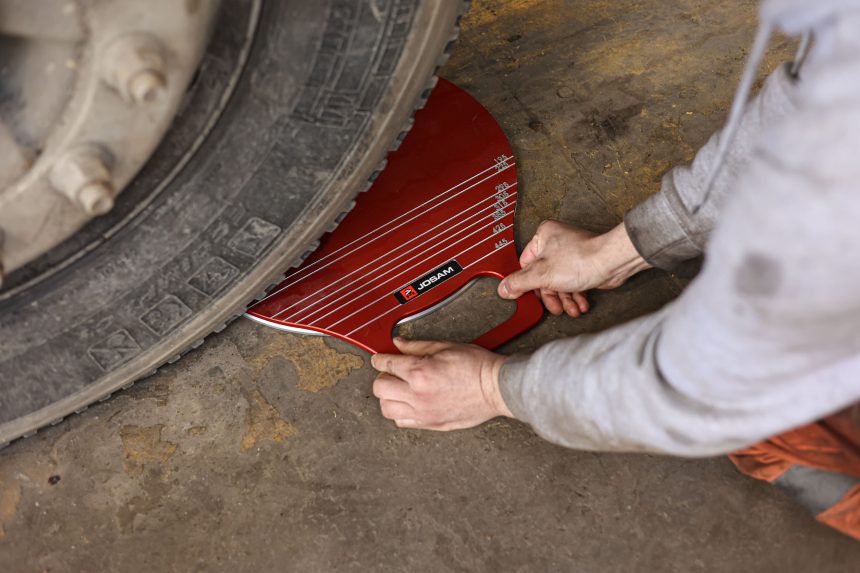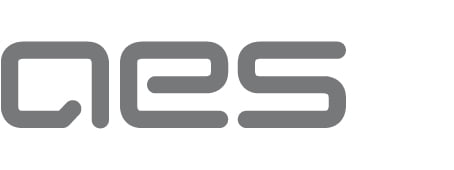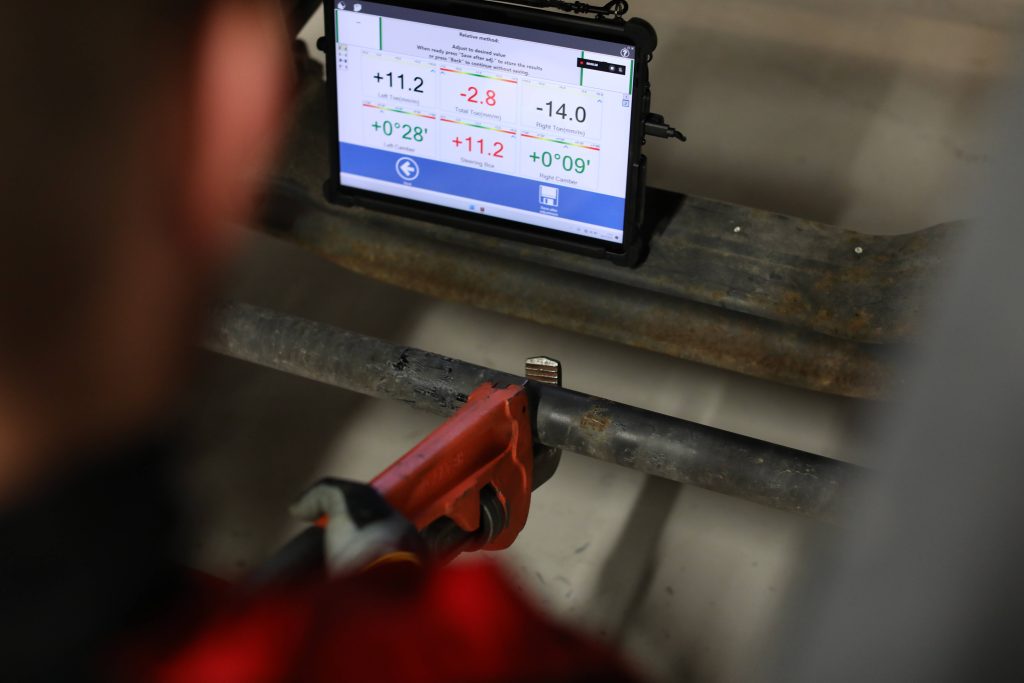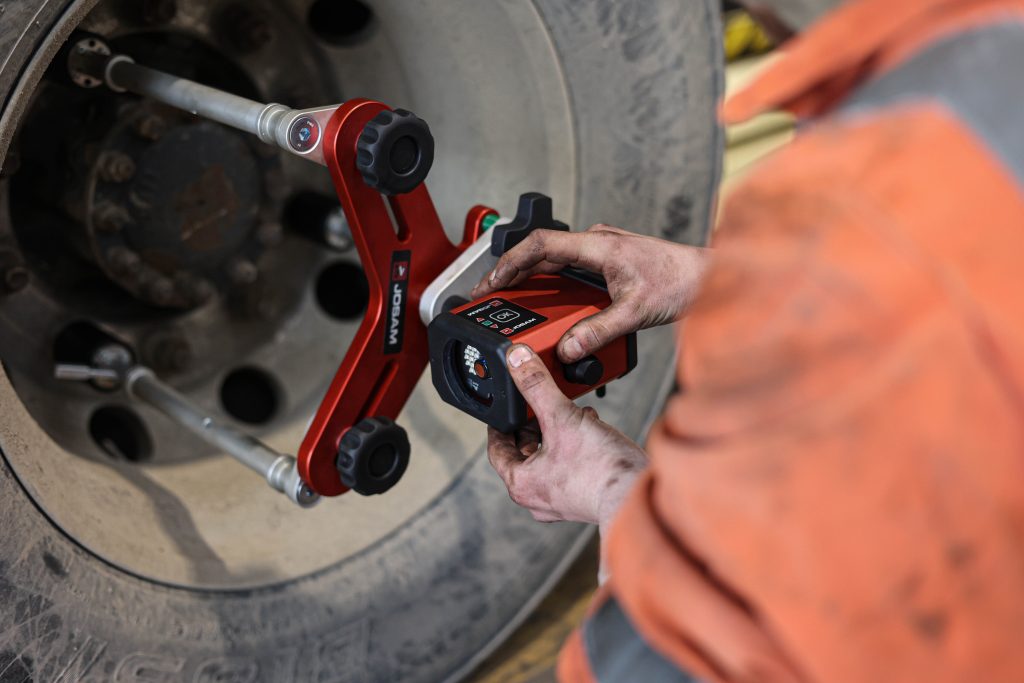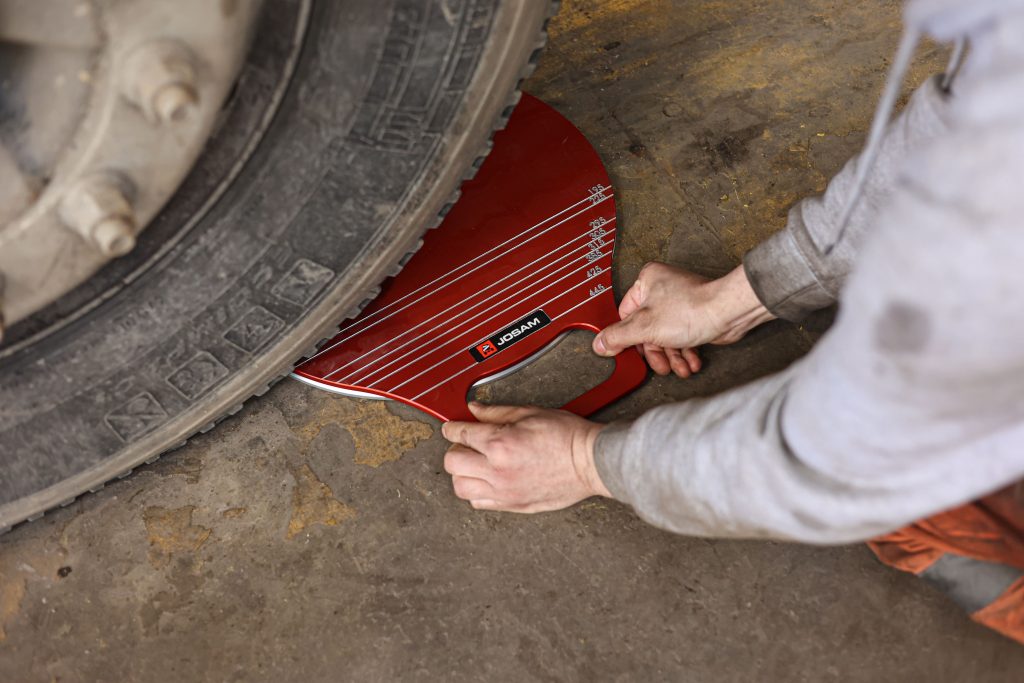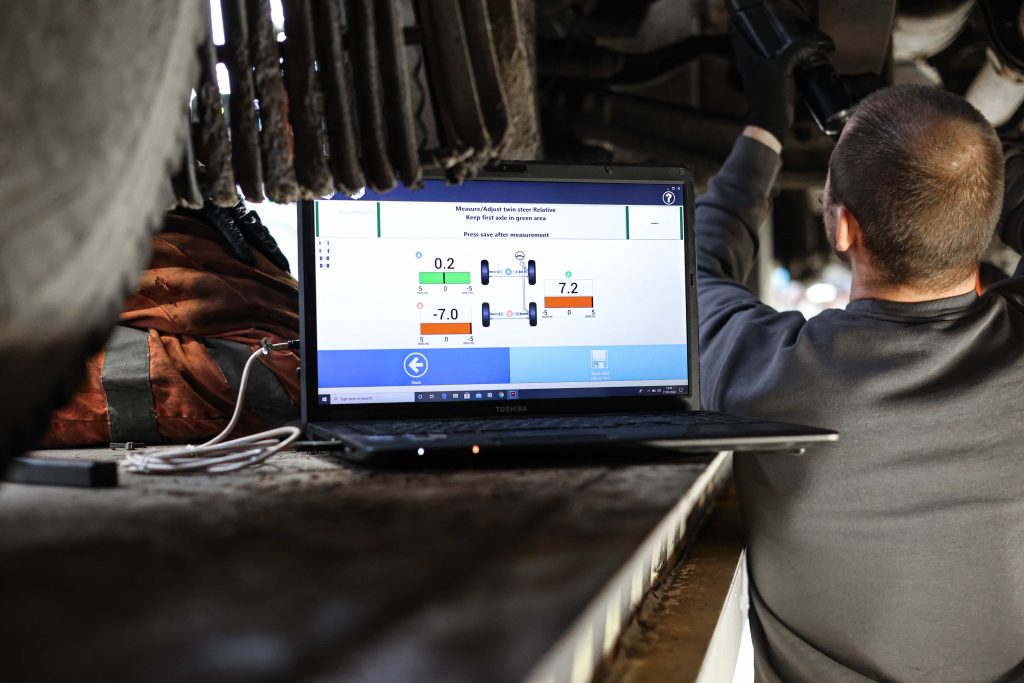Proper commercial vehicle wheel alignment is essential for maintaining the overall health of your vehicle. Poor alignment can lead to premature tyre wear and reduced fuel efficiency.
Wheel alignment also plays a significant role in driver safety. Regularly addressing alignment issues for commercial vehicles and trailers helps prevent costly repairs and ensures safe driving practices.
Josam wheel alignment equipment offers professional solutions for aligning commercial vehicles and trailers. Using state-of-the-art technology, Josam equipment provides the precision needed to keep your vehicles properly aligned.
Alignment in numbers
The statistics below illustrate the critical importance of maintaining proper wheel alignment on commercial vehicles. Misalignment not only affects vehicle handling and safety but also leads to increased maintenance costs due to higher fuel consumption and premature tyre wear.
· 70% of vehicles are misaligned
· 60% of vehicles needing alignment have worn or damaged parts
With a properly aligned vehicle, you can achieve:
· Up to 3% fuel savings
· Up to 15% extended tyre life
Potential annual savings = £1,820/year per vehicle
· Fuel savings = £1,591/year
· Tyre savings = £280/year
*Based on 3-axles, 8-tyres, 8mpg, covering 100,000 miles per year
Signs you need a wheel alignment
Be vigilant for these signs that your commercial vehicles or trailers may need a wheel alignment. Addressing these issues promptly ensures a safer, smoother driving experience:
· Vehicle drifts or pulls to one side
· Steering wheel is off-centre
· Crooked steering wheel
· Squealing tyres
· Steering hesitation
· Uneven tyre wear
· Vibration
How often should commercial vehicle alignment be performed?
As a rule, AES recommends that a wheel alignment is carried out annually as a minimum. Proactive wheel alignment is recommended spotting issues before they become issues so best proactive would be 3 to 4 times per year.
Additionally, it should be performed whenever steering components are replaced, tyres are changed, or steering defects are reported.
It is also recommended to perform an initial wheel alignment between 15,000 to 30,000 miles or after the first three months of operation.
Benefits of wheel alignment
Carrying out regular wheel alignment checks and being proactive can see benefits including:
· Improved fuel efficiency – Correct wheel alignment reduces rolling resistance, leading to better fuel economy
· Extended tyre lifespan – Alignment prevents uneven tread wear, helping your tyres last longer
· Enhanced safety – Properly aligned wheels improve handling and stability, reducing the risk of accidents
· Better steering and control – Misaligned wheels can cause the vehicle to pull to one side or make steering difficult, while proper alignment ensures smoother handling
· Reduced suspension wear – Alignment minimises strain on suspension components, saving you money on repairs over time
· Smoother ride – Proper alignment allows the suspension to function as intended, delivering a more comfortable driving experience.
Summary
Whether you manage your own fleet and want to bring wheel alignment in-house, or are looking to offer wheel alignment as a service to your customers, AES are here to support you. We provide a free, no-obligation demonstration on all our HGV wheel alignment systems, to help you get started on your journey.
Call us today on 01977 600 688 or email info@aesuk.com to arrange your demo.





















